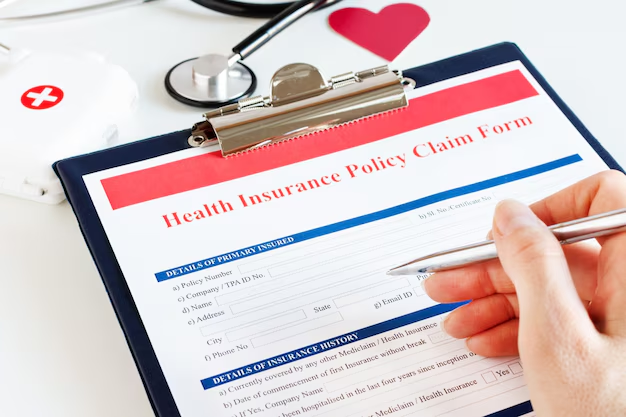How to Obtain a Medicare Provider Number: A Simple Guide
Navigating the healthcare system can sometimes feel overwhelming, especially when you're trying to become a Medicare provider. The process of getting a Medicare provider number is essential for healthcare practitioners, as it allows them to bill Medicare and receive payments for services provided to beneficiaries. But how exactly do you get one? Let's break it down step-by-step.
Understanding Medicare Provider Numbers
Medicare provider numbers serve as the identity for practitioners within the Medicare system. This number is necessary for billing and claims, ensuring that practitioners receive reimbursement for services provided. Whether you're a doctor, nurse practitioner, or another healthcare professional, acquiring this number is crucial.
Steps to Obtain a Medicare Provider Number
1. Enroll in the Medicare Program
The first step is to enroll in the Medicare program through the Provider Enrollment, Chain, and Ownership System (PECOS). This online system simplifies the application process, allowing you to submit your information electronically.
2. Collect Necessary Documentation
Before starting your application, gather essential documents, including your National Provider Identifier (NPI). An NPI uniquely identifies you as a healthcare provider and is mandatory for filing your application.
3. Complete the Application
Once you have your documents ready, log into PECOS and begin your application. Ensure all information is accurate and complete to avoid delays. This application will include personal information, professional credentials, and practice details.
4. Submit and Monitor Your Application
After submission, regularly check the status of your application. Processing times can vary, so patience is key. The system will notify you about any additional information needed or if your application has been approved.
5. Receive Your Medicare Provider Number
Upon approval, you'll receive your Medicare provider number. This will enable you to start billing Medicare for services rendered.
Expanding Into Financial Resources
Acquiring a Medicare provider number is just the beginning. As you navigate the system, you're likely to uncover other financial resources and aid programs that can support your practice or education. Some options might include:
Government Aid Programs
These programs can help offset costs associated with starting or maintaining a practice. They might cover training, resources, or even patient care initiatives.
Debt Relief Options
If student loans or other financial obligations are a concern, explore debt relief programs tailored for healthcare providers. These can alleviate financial strain as you establish your practice.
Credit Card Solutions
Consider credit cards designed specifically for businesses. These often come with benefits like cashback on medical supplies, travel rewards for conferences, and low interest rates.
Educational Grants and Scholarships
If you're pursuing further education or specializations, investigate grants or scholarships available to healthcare professionals. These can minimize out-of-pocket expenses and make advanced training more accessible.
Summary of Financial Assistance and Resources
- 🎓 Educational Grants: Scholarships for healthcare professionals pursuing further education.
- 🏥 Government Subsidies: Aid programs for setting up or maintaining medical practices.
- 💳 Business Credit Cards: Tailored solutions with rewards for medical expenditures.
- 💵 Debt Relief Programs: Assistance in managing and reducing educational loans.
- 🌟 Provider Incentives: Programs offering bonuses or reimbursements for specific healthcare services.
Securing a Medicare provider number opens the door to numerous opportunities, not just for patient care but also for financial growth and stability. By leveraging these tools and programs, healthcare providers can enhance their services while ensuring the economic health of their practice.

Related Topics
- Am I Elgible For Medicare
- Am I Enrolled In Medicare
- Am I Qualified For Medicare
- Are Adult Diapers Covered By Medicare
- Are Chemotherapy Drugs Covered By Medicare Part d
- Are Colonoscopies Covered By Medicare
- Are Covid Tests Covered By Medicare
- Are Cpap Machines Covered By Medicare
- Are Cpap Supplies Covered By Medicare
- Are Dental Implants Covered By Medicare